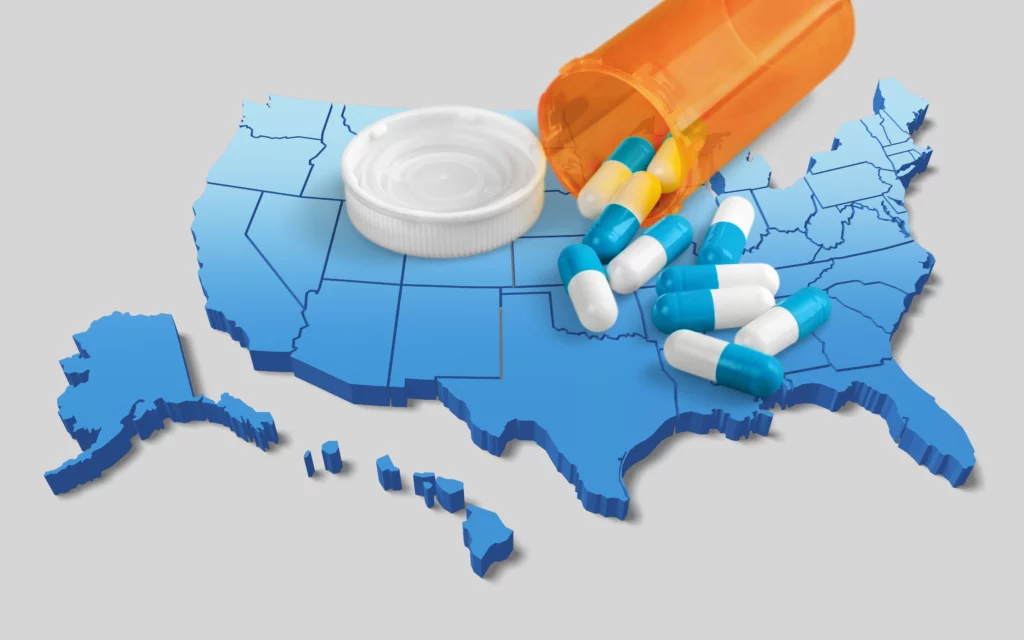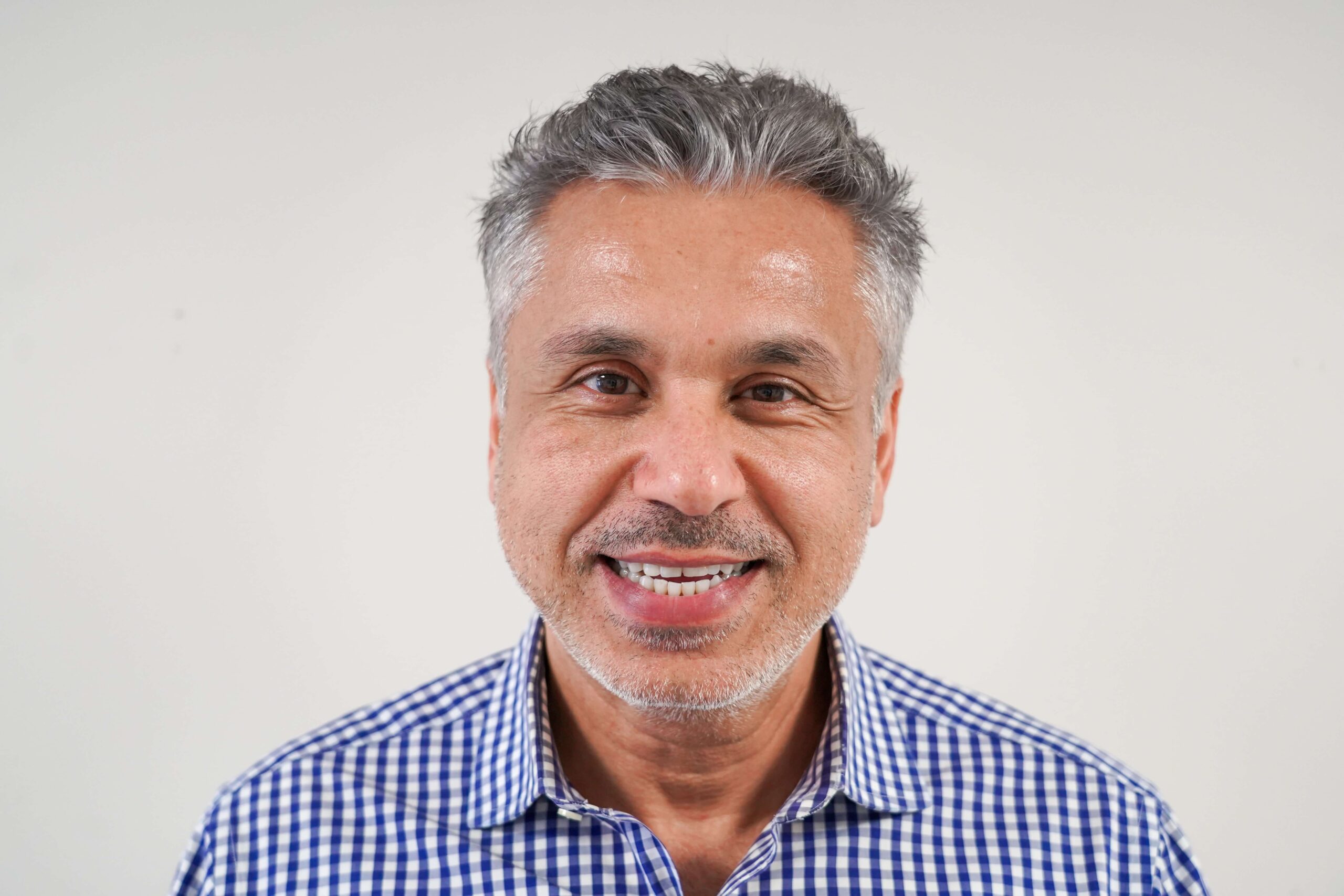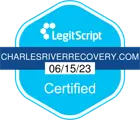How Long Does It Take to Develop an Opioid Addiction?
By now, it’s no secret that opioid use, especially fentanyl, over the short can lead to a potentially life-threatening addiction. However, the length of time it takes to become addicted to opioids varies from person to person and depends on dosage levels and the frequency of use. In most cases, addiction after regular opioid use can take hold in as little as three days or up to two weeks. This article will explain how that process works.
Too often, opioid use disorders start with a seemingly benign prescription from a doctor to treat pain after a medical procedure. According to John Hopkins, more than 800,000 US citizens have died from opioid overdoses between 1999 and 2020. These alarmingly high opioid use disorder figures in the US raise a few important questions: How long does it take to become addicted to opioids, and how does this process start?
A Brief History of the US Opioid Epidemic
The rates of opioid misuse and dependency have been climbing exponentially for nearly three decades. According to the CDC, opioid overdoses are now more than six times higher than they were in 1999, while the opioid epidemic can be broken down into three distinct phases.
Public health advisors at the CDC say the national opioid epidemic first took hold in the 1990s after healthcare officials started prescribing natural and semi-synthetic opioids for pain in increasing numbers. This phenomenon caused more healthcare patients to find themselves addicted to prescription opioids. In turn, these higher prescription medication addiction rates fueled the rise of a street heroin epidemic that started taking hold around 2010.
Once medical doctors began observing the increase in pain medication addiction, they prescribed opioids in fewer numbers. Incidentally, this only increased the demand for both naturally occurring and synthetic opioids on the black market.
By 2013, public professionals at the CDC observed what they call the “third wave” of the epidemic. This phase of the epidemic showed significant increases in the dangerously addictive, illicitly manufactured drug, fentanyl. The CDC also notes an uptick in overdose deaths attributable to a combination of opioids and other drugs in their studies.
The federal health agency states on its website that it is working to track and research emergent trends in opioid addiction in its efforts to combat the ongoing opioid epidemic. Government officials have begun implementing prescription drug monitoring programs and public awareness campaigns to help decrease the abnormally high opioid addiction rates in the US.
The Process of Forming an Opioid Addiction
Opioid use disorder cases are as complex and diverse as the individuals who fall victim to this dangerous and often tragic disease. In general, opioid addiction is characterized by impulsive use of the substance that eventually prevents a person from quitting the drug -even after they’ve decided they want to. When addiction takes hold, the opioid use disorder victim will likely start to realize physical and emotional well-being at risk.
The trouble with opioids is that the addictive cravings are so strong that fears over intense withdrawal symptoms almost always take precedence over administering the necessary self-care. This is where professional addiction treatment and detox programs like those offered by Charles River Recovery come into play.
A Massachusetts-based drug and alcohol treatment center, the Charles River Recovery takes a comprehensive approach to healing. Their compassionate, licensed addiction recovery specialists focus on the emotional and physical well-being of clients across the entire state of Massachusetts. If you or someone you know is currently battling opioid dependency, the medical-based treatment programs at Charles River Recovery can help.
While opioid addiction is just one of several substance abuse orders that require professional addiction counseling, it is undoubtedly among the most dangerous. It isn’t fully understood how opioid addictions start. This lack of clarity is attributable to the multitude of potential contributing factors that can influence the brain to form a dependency.
Individual body chemistry, in addition to family history and other lifestyle and environmental considerations, dictates the likelihood of developing an addiction. The factors also dictate how quickly a person can develop opioid use disorder. Just like any other disease, an addiction to opioids will show a specific pattern of development that exacerbates itself over time. Severe cases like this require the resources of a credible treatment center to help reverse the effects of opioid dependency.
How Quickly Can You Become Addicted to Opioids?
As mentioned in the introduction, some people can become addicted to opioids in a matter of days, while others can safely use prescription painkillers without becoming dependent at all. The opioid epidemic emerged in the first because the drug is highly effective at providing relief for patients who suffer from severe pain.
Upon initially ingesting the opioids, many pain patients discover the drug delivers a sense of euphoria that increases their sense of well-being. Many opioid addicts say the substance helps them forget not just their physical pain, but their mental and emotional troubles, as well. Those who do experience a heightened sense of euphoria after first taking opioids are more likely to become addicted to the substance after a short time.
Prescription opioids frequently deliver the effects sought after by experienced recreational drug users. In turn, they often find themselves inadvertently thrown into a similar pattern of addiction that leads prescription pain medication users to pursue street drugs like heroin and fentanyl, which render even more of these same effects.
In the early stages of an opioid addiction, use disorder victims are primarily focused on reproducing the pleasurable side effects they experienced the first time they tried the substance. After a relatively short time, however, the opioids will start failing to deliver the desired euphoric sensations, prompting the user to take the drug more frequently and in higher dosages.
As this pattern continues, many users swiftly fall into the grips of a fully-fledged opioid addiction. They often find themselves consuming opioids both excessively and compulsively to avoid the unpleasant side effects of physical withdrawal. While the time it takes for an individual to become addicted to opioids, the process rarely takes more than two weeks for the regular user.
The dosages and intervals required to form an addiction vary from person to person, as well. Some people might complete a valid prescription schedule requiring a couple of opioids a day without issue. Others may develop an addictive habit after trying the substance for the first time.
The Psychological and Environmental Factors that Influence Addiction
While there is no single identifiable cause for addiction, the rate and likelihood of someone developing an opioid use disorder are strongly linked to environmental factors. These factors include easy access to opioids and your pre-addiction psychological health. The neighborhood you live in, who your friends are, and any socioeconomic barriers to reliable education and treatment services can also play a role in the development of high-risk substance use.
The familiar “nature vs. nature” debate concerning addiction isn’t as black and white as my addiction and mental health professions might have you believe, however. While coming from a financially disadvantaged background might increase your exposure to factors that lead to opioid addiction, this hardly you’re doomed for it.
Other individual considerations, such as childhood trauma and connections to a healthy spiritual life can also influence addiction rates. These factors can remain present regardless of your education level or socioeconomic background. In general, those subject to increased life stress that doesn’t resolve itself are more likely to seek comfort in addictive substances like opioids.
In addition, other external influences that lead to alcohol and drugs are discoverable in the people you associate with. Social circles where illicit drug use is common can be observed across all economic strata. Even your own parent’s history and relationship with drugs, too, often influence the odds of you developing addiction issues.
For instance, what was your parents’ attitude toward drug use while you were growing up? Were they addicts themselves? Do your friends come from similar backgrounds that show a history of parental substance abuse?
Answers to these questions can tell an addiction expert a lot about the source of your addiction. Children of parents who display a poor relationship with drugs tend to form friend groups with kids undergoing similar problems at home. Under these conditions, it’s easy to find yourself amid a peer group rife with the potential for drug and alcohol problems very early in life.
Other environmental factors like societal norms and representations of drug use in mass media, including social media, have also been shown to influence addiction rates. For years, the television, film, music, and gaming industries have represented substance abuse culture as a typical way of life. In many such instances, this type of content relies on the targeting of specific racial and socioeconomic groups for its profits.
The effect is that members of these specific groups find themselves adopting world views that reflect otherwise toxic and unrealistic representations of their communities. As a result, for some people, this can contribute to self-destructive behavior like selling and using illicit substances, which is almost followed by a low sense of self-worth.
The vast majority of those suffering from abuse disorder learn their behaviors from their physical environment. For instance, despite being dangerous to your health, the US widely promotes recreational drinking. While most people don’t struggle with clinical addictions to alcohol, medical research shows that even small excess amounts of drinking can have serious health implications. Even moderate alcohol use over time leads to destructive social habits such as driving under the influence infractions and other unnecessary spending on drinking habits.
Opioid addiction advances in the same way as the typical drinking problem, only faster. If your substance use disorder started with a fixed group of friends invested in an opioid use culture, you can undeniably source the disease to your localized environment. What makes opioids unique from alcohol, however, is that it may only take a few exposures to a new social setting before you fall into a potentially lethal pattern of addiction.
Treating Advanced Stage Opioid Addiction
People in the advanced stages of opioid use disorder are subject to painful and potentially dangerous withdrawal symptoms. Once the physical addiction takes hold, frequent opioid users similarly face a high risk of relapse after quitting opioids abruptly because the cravings are so strong.
Medical pain patients who’ve been taking opioid-based pharmaceuticals over a long period similarly risk unpleasant withdrawal symptoms. For patients who have been taking opioid medications as described, an inability to safely come off their medications could lead to complications, including the development of an illicit use disorder.
For many, the withdrawal symptoms can start to make themselves known as early as the first missed dose. The instance you notice symptoms of physical withdrawal is the moment you should recognize you have formed an opioid addiction. Signs like nausea, muscle pain, and psychological distress after not using the drug are reliable indicators that you have a concerning opioid habit.
The difficulty with opioids is, not unlike the time it like, the rate at which opioids exit the body varies from person to person. This means that some users may experience systems for a much longer duration than others. Your physical withdrawal symptoms from opioids also depend on the type of derivative you use. Long-acting opioids like methadone can take longer to leave your body. In other words, you could start to feel symptoms of withdrawal at a much later time than other prescription painkillers.
Opioid use disorder continues to be a growing public health crisis. The factors contributing to it are multifaceted, as the disease has now impacted almost every walk of life. Nearly 30 percent of the US population has either suffered from opioid use disorder or knows someone who has.
The best strategies for opioid addiction prevention depend on access to effective and reliable comprehensive addiction recovery services. The licensed professionals at Charles River Recovery in Massachusetts specialize in treating opioid use disorder. We recognize how this dangerous disease can start with a seemingly harmless prescription for pain from your doctor.
If you or a loved one is struggling with opioid dependency, Charles River Recovery offers medical-based, personalized treatment plans to get you back on the road to a substance-free future. Reach start a confidential assessment today. Don’t wait to reclaim your life and seek the support you need.






